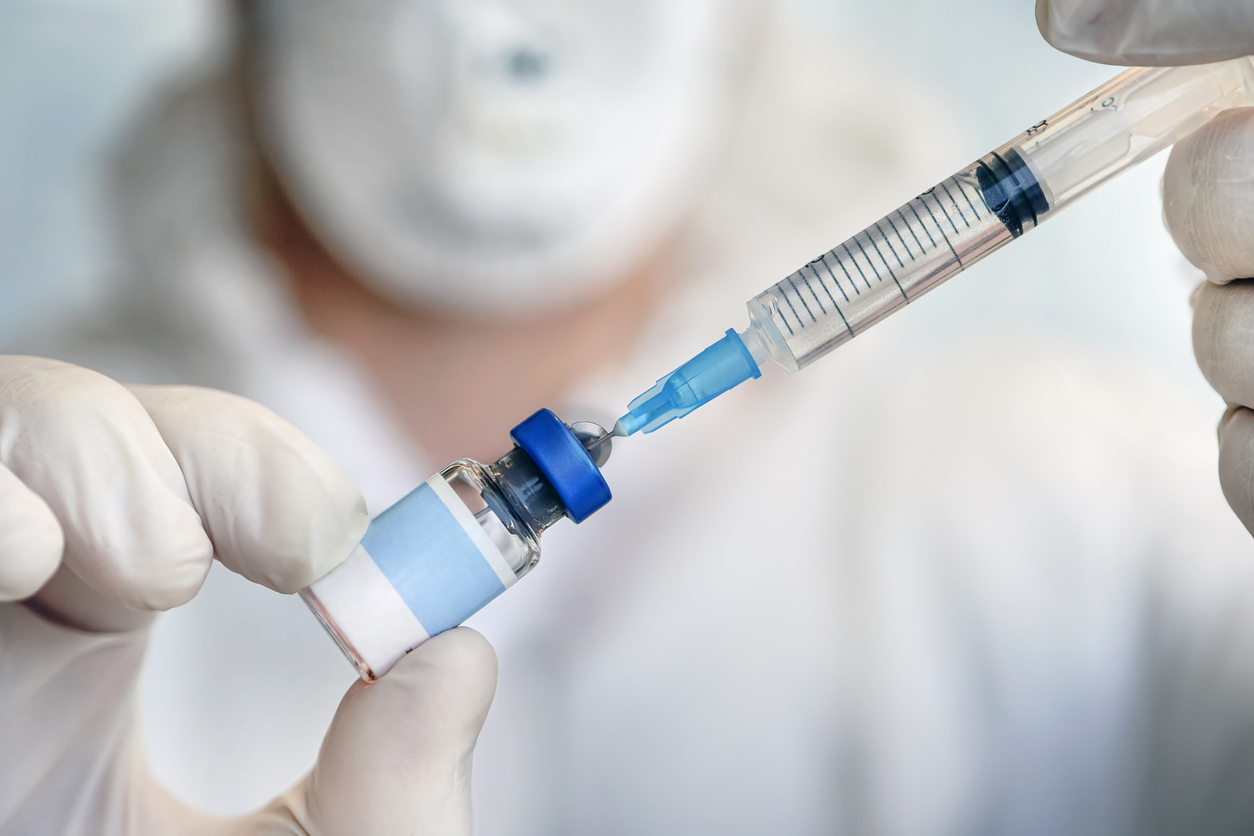If you work in the pharma industry, you’re likely familiar with parenteral drugs. But what exactly are they?
How are parenteral drugs administered?
In short, parenteral drugs are any drugs administered through a route other than the digestive tract. This includes injection, infusion, and implantation.
Parenteral drugs are often used when a patient needs a rapid and predictable response, as they allow for the drug to enter the bloodstream quickly.
In further detail, these routes include; intravenous (IV), intramuscular (IM), subcutaneous (SC), and intradermal (ID) injections. IV injections are given directly into a vein, while IM and SC injections are given into the muscle and beneath the skin, respectively. ID injections are given into the dermis layer of the skin. The route of administration depends on the drug’s properties, therapeutic goals, and patient factors.
How are parenteral drugs manufactured?
One of the most critical aspects of injectable drug manufacturing is aseptic filling. This process involves filling the drug product into sterile containers (such as vials, syringes, or cartridges) in a way that prevents contamination from bacteria, viruses, and other microorganisms. Aseptic filling is typically performed in a cleanroom environment, which is designed to minimize the number of airborne particles and microorganisms present.
Terminal sterilization is another key aspect of injectable drug manufacturing. In this process, the filled and sealed containers are subjected to a sterilization cycle that kills any microorganisms that may be present. This can be accomplished through a variety of methods, such as autoclaving, gamma irradiation, or ethylene oxide gas sterilization. Many drugs are not able to withstand the process involved with terminal sterilization and so must be aseptically filled.
Overall, parenteral drugs play a critical role in healthcare, and their safety and efficacy depend on proper sterile manufacturing techniques. It’s important for anyone in the pharmaceutical and healthcare industries to understand the significance of aseptic filling and terminal sterilization in ensuring the quality of parenteral drugs.
If you want to learn more about sterile filling and other aspects of pharmaceutical manufacturing, check out our website or contact us for additional resources and information.
